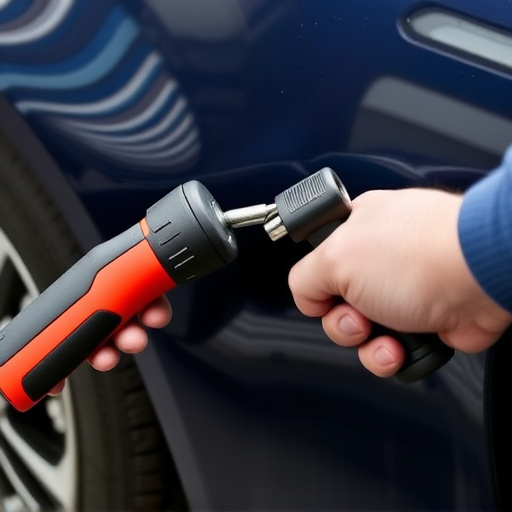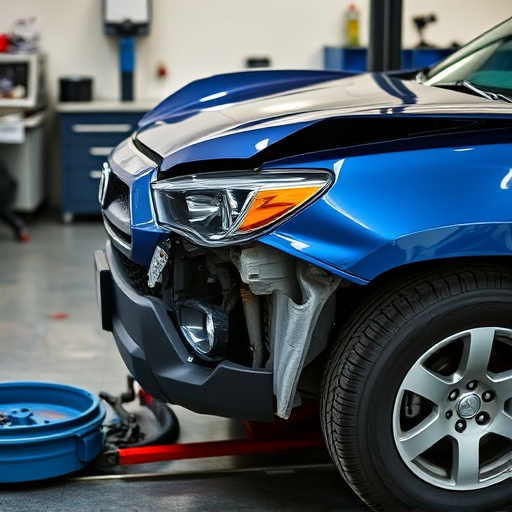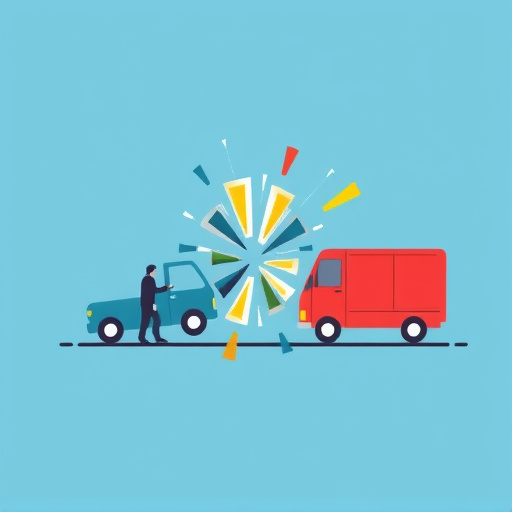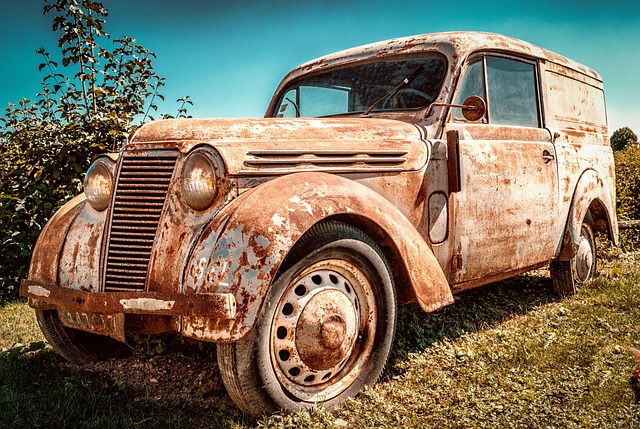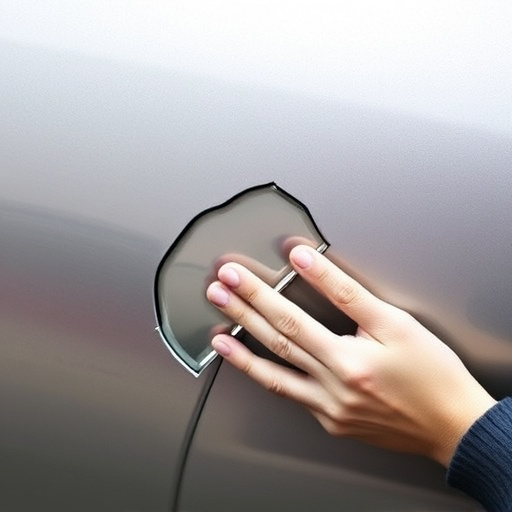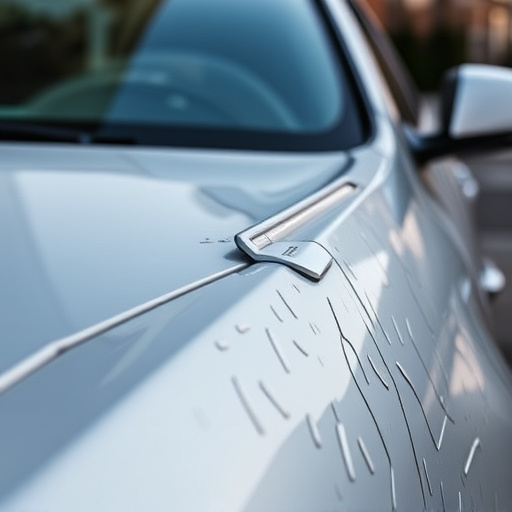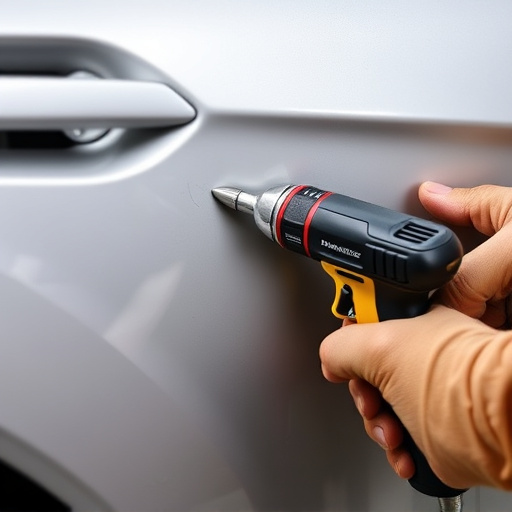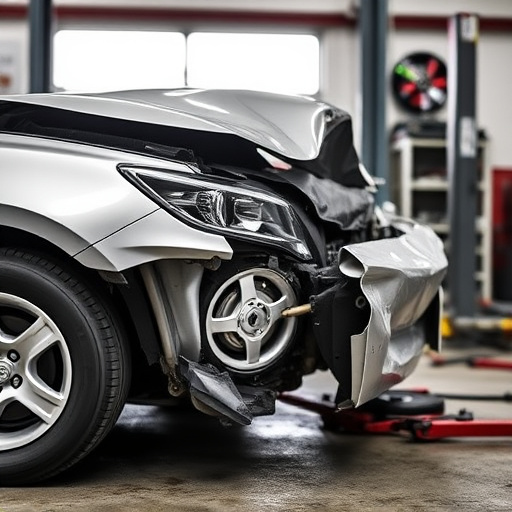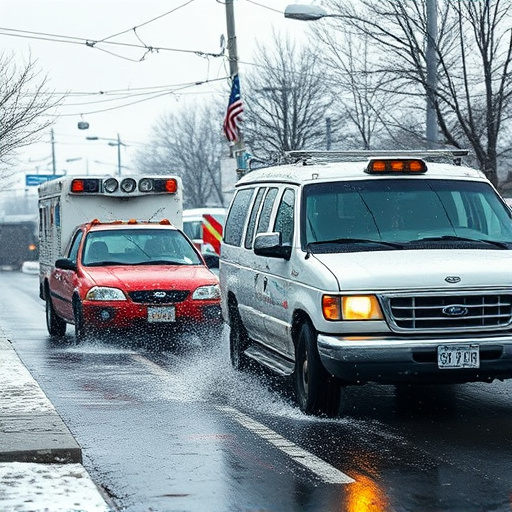Rural auto body shops play a vital role in meeting diverse community needs for emergency vehicle repair services. They tackle challenges like limited resources and remote locations by adopting efficient operations, technology, and specialized training. Best practices include robust communication, pre-established protocols, flexible scheduling, and optimized workshop layouts to ensure swift response times, enhancing safety and satisfaction for rural residents.
In many remote areas, rural auto body shops face unique challenges in providing emergency services. This article explores the specific needs of these establishments, delving into the obstacles they encounter and the innovative solutions implemented. We will discuss best practices for enhancing response times, ensuring quick and effective assistance to customers in need. By understanding the dynamics of rural auto body shop operations, we can appreciate their vital role in community safety and transportation support.
- Understanding Rural Auto Body Shop Needs
- Challenges and Solutions in Emergency Services
- Best Practices for Efficient Response Times
Understanding Rural Auto Body Shop Needs
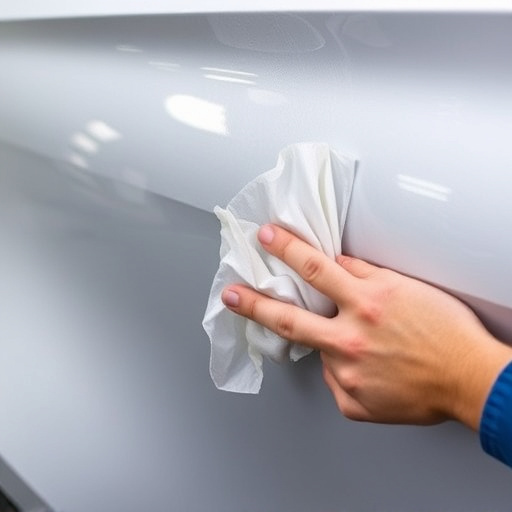
In the realm of rural auto body shops, understanding unique needs is paramount to ensuring effective emergency services. These establishments often operate in communities with limited resources and accessibility to specialized services, making it crucial for them to be self-sufficient. Rural shop owners face distinct challenges compared to their urban counterparts; they might handle a broader range of vehicle types and accidents, from farm equipment to off-road vehicles, each requiring specific expertise.
Moreover, the remote locations of these shops mean that they are often the primary point of contact for emergency roadside assistance. This reality underscores the importance of comprehensive services on-site, including auto glass repair, vehicle dent repair, and vehicle paint repair. By providing these critical services, rural auto body shops can not only maintain business continuity but also contribute significantly to the safety and convenience of their community members.
Challenges and Solutions in Emergency Services
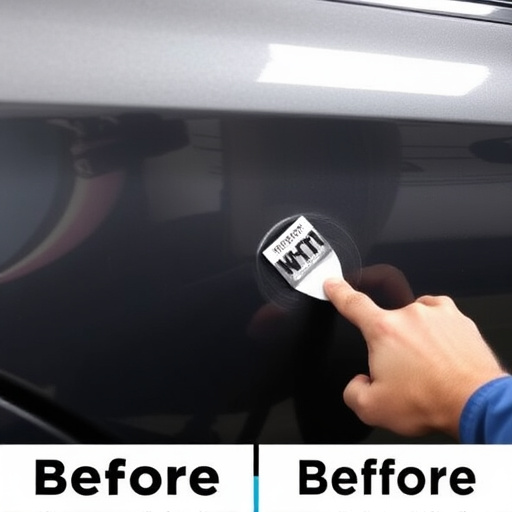
Rural auto body shops often face unique challenges when it comes to providing emergency services for collision damage repair and bumper repair. One of the primary hurdles is limited resources, as these facilities may have fewer staff members and less specialized equipment compared to urban counterparts. This can lead to longer wait times and potential delays in addressing urgent needs, such as dent repair.
However, many rural shops have innovated to overcome these obstacles. They prioritize efficient operations, ensuring quick turnaround times for critical repairs like bumper repairs. Additionally, they leverage technology for remote consultations and use advanced tools for precise dent repair, minimizing the need for costly and time-consuming manual labor. These solutions not only enhance service accessibility but also contribute to the overall resilience of rural communities in managing unexpected vehicle damage.
Best Practices for Efficient Response Times
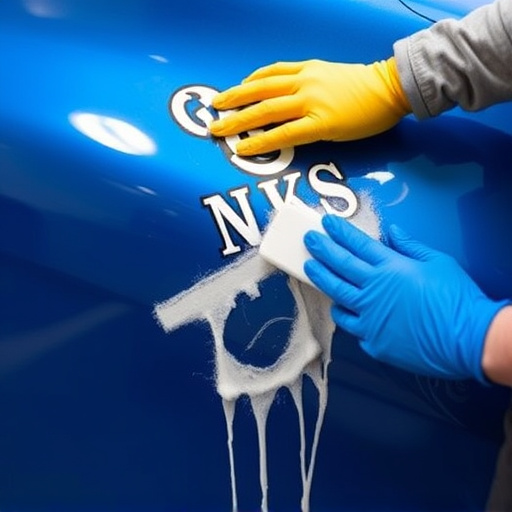
In rural auto body shops, efficient response times are paramount to ensuring swift and effective emergency service. One of the best practices is implementing a robust communication system that allows for immediate notification of accidents and their severity. This could involve direct lines with local emergency services, enabling collision repair shops to relay real-time updates on incoming vehicles. Additionally, having pre-established protocols for different types of collisions can significantly streamline the process. For instance, dedicated teams or specialists for specific vehicle types or severe damage cases can reduce wait times and enhance overall service quality.
Regular training sessions focusing on rapid deployment strategies are essential for staff at these remote auto body services. Given the potential challenges of limited resources and longer travel distances in rural settings, every team member should be prepared to act swiftly. This includes keeping emergency tools and equipment readily accessible, optimizing workshop layout for faster work flow, and maintaining a flexible schedule that accommodates unexpected surges in demand for fleet repair services. By adhering to these best practices, rural auto body shops can ensure they’re well-equipped to handle emergencies efficiently, prioritizing customer safety and satisfaction.
Rural auto body shops face unique challenges in providing emergency services, but with the right strategies and best practices, they can ensure swift and effective responses. By understanding the specific needs of these establishments, implementing innovative solutions, and adopting efficient protocols, emergency services can be optimized. This not only enhances safety for rural communities but also improves customer satisfaction by reducing wait times and offering timely repairs. With the right approach, rural auto body shops can deliver top-notch service while meeting the distinct demands of their clientele.



